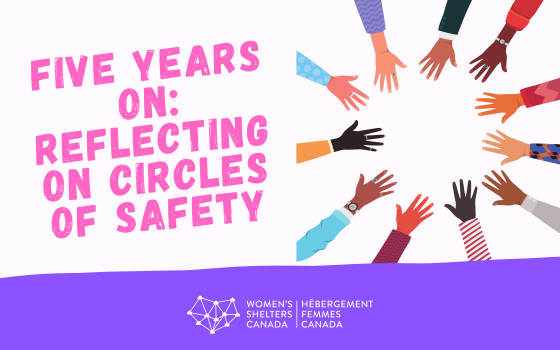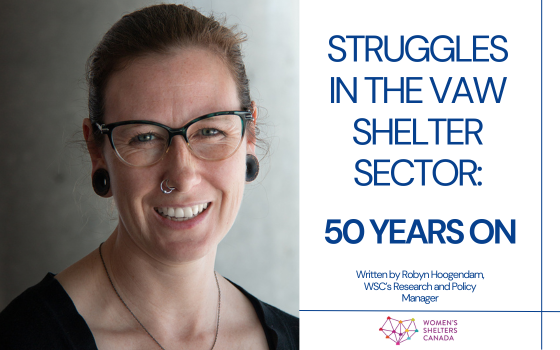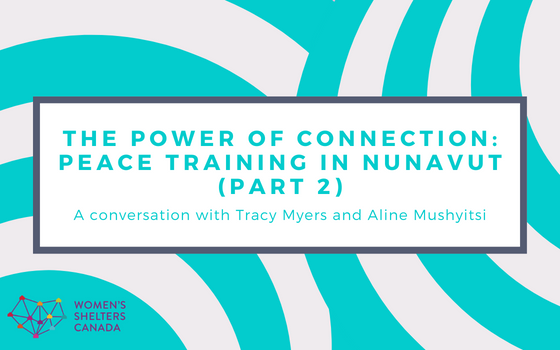It’s a refrain survivors and those working to support survivors of domestic and sexual violence hear all the time: “What was she wearing? Was she drinking? Did she lead him on? She must have provoked him. Why didn’t she leave him? Why didn’t she call the police?”
This willingness to blame victims of violence against women – or, if not blame, then at least not believe them – is something women’s groups like Women’s Shelters Canada are noticing during the proceedings of the Mass Casualty Commission in Nova Scotia. While this may not be surprising, it is definitely troubling that it has emerged as a theme.
As detailed in our first blog of this series, WSC is a participant in this public inquiry to specifically address the role of gender-based violence in the mass casualty in April 2020. The perpetrator had a history of violence against women and his current partner, Lisa Banfield, was also victimized – but survived – during the attack.
That is not in dispute. However, some of the treatment Ms. Banfield has received – in parts of the media and on social media, by Commission counsel, and by the criminal justice system – is anything but sympathetic or contextual to what she experienced.
“This is where the mayhem, it will be submitted by the Mass Casualty Commission, really commenced in terms of the violence and perpetration of violence against innocent parties.” These were the words of Roger Burrill, Senior Commission Counsel, earlier this year when speaking not about the initial violent attack on Ms. Banfield, but about the scene of the home where the first community members were killed in Portapique.
The implications of this carefully scripted statement are clear: Lisa Banfield did not “really” experience violence and even if she was a victim, she’s not “innocent.”
In actuality, the mayhem began with a violent attack by the perpetrator on Ms. Banfield. We won’t go into details, but they have been reported in the media. However, rather than treating her as a victim of domestic violence and coercive control, she, along with her brother and brother-in-law, was charged with supplying ammunition to the perpetrator. A decision was finally made to refer her case to restorative justice, 15 months after she was charged and two weeks before a scheduled trial.
For those 15 months, however, the Crown was putting its energy into prosecuting a domestic violence survivor who was the perpetrator’s first victim. There was – and continues to be – immense pressure on her to testify at the Commission while she had criminal charges pending. At the same time, police officers were granted a range of accommodations due to their trauma, such as testifying via Zoom without cross-examination or providing a sworn affidavit, even though they are trained to deal with traumatic situations. There were questions about her story – did she really stay in the woods all night? What did she know? Could she have stopped him?
All of this is neglecting the fact that this is another example of a mass killing with roots in misogyny and violence against women. Of course, not all perpetrators of domestic violence go on to commit a mass murder, but a large percentage of mass attacks have an element of VAW and misogyny in them. We’ve recently seen it in Uvalde, Texas, where the gunman shot his grandmother before heading to the elementary school. We’ve seen it with the other two largest mass casualties in recent Canadian history: the École Polytechnique massacre in 1989 and the Toronto van attack in 2018.
But unlike the more recent attack in Toronto, in Nova Scotia the gunman was not alive to face justice. So the calls for justice have had to land elsewhere. And instead of focusing on what can be done to prevent domestic abusers from escalating their violence, they’re often falling on his surviving common-law spouse.
This all really begs the question: If Lisa Banfield hadn’t survived the perpetrator’s attack, would she finally be considered an innocent victim?





Leave A Comment
You must be logged in to post a comment.